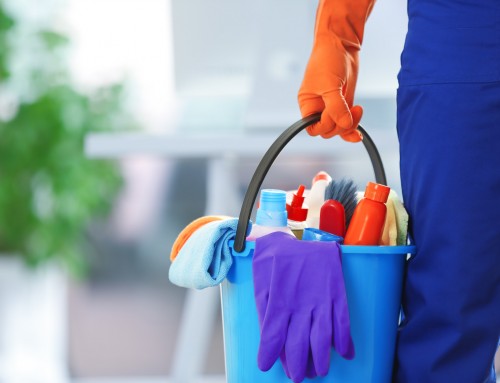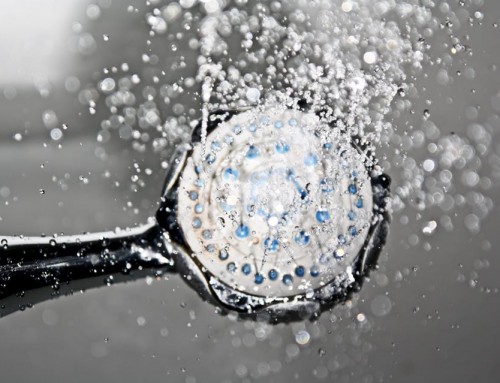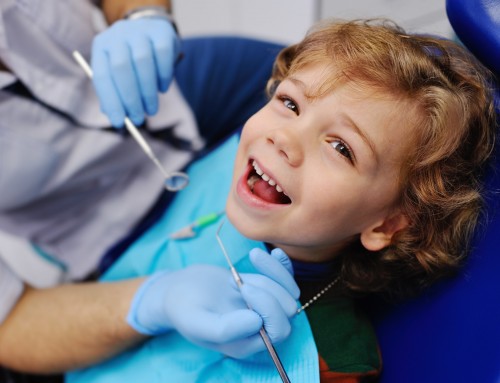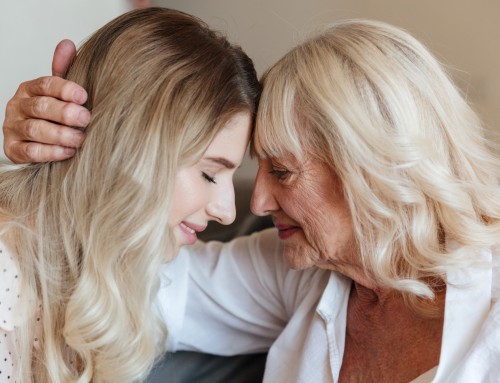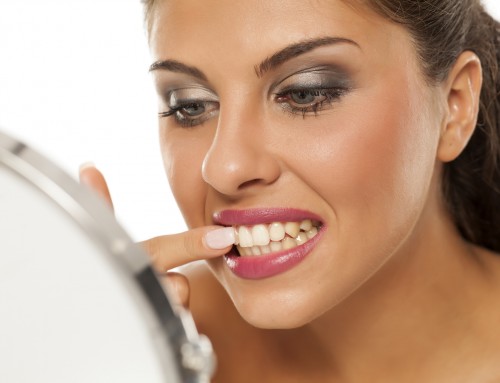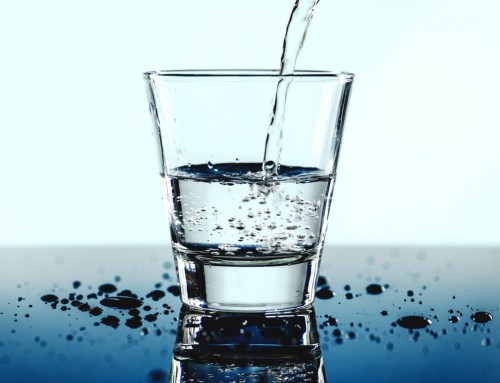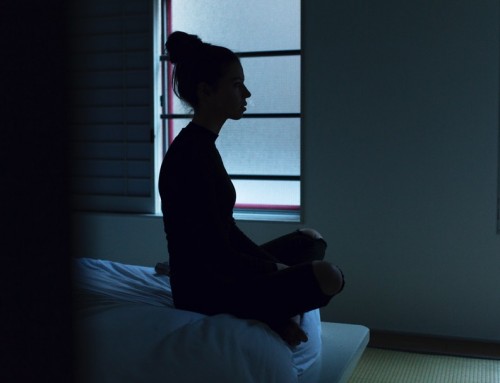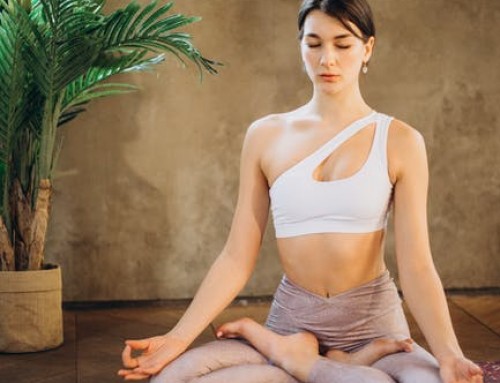Jogging and running are two of the most common exercise activities in America. 64 million people go for runs each year in the United States alone. Unfortunately, there are certain injuries and obstacles you have to overcome when you’re a runner.
One of those things is blisters. Blisters plague everybody from beginner joggers to expert marathoners. Foot blisters can range from a small annoyance to a painful injury that keeps you from running entirely.
Knowing some methods for blister prevention will help keep you running without constantly dealing with blistering. Whether you want to stay in top shape for a race, or you just want to run to stay healthy and fit, we have blister prevention tips for you.
What Is A Blister, Exactly?
Blisters form when there is chafing or friction against your skin. This rubbing causes the top layers of your skin to separate, which can then cause bubbles of fluid to form and the skin can rip away.
Because running is hard on your feet and we (usually) run wearing socks and shoes, blisters are a common part of any runner’s life.
While these annoying little bumps might not seem like a big deal, they can make it impossible to run without pain. If they rupture and you don’t take steps to heal or clean the wound, you could end up with a serious infection.
Taking steps towards blister prevention is the best way to stay healthy and run without pain.
If you already have blisters, be sure to take proper care of them. As we said, improper care of blisters can lead to infection and pain.
Try not to pop a blister unless absolutely necessary. Instead, keep it covered with a bandage or gauze until it goes away.
Blister Prevention Starts with Good Socks
Socks are the top culprit for causing blisters. The material of your sock is directly rubbing against the skin of your feet, which is what ultimately causes blisters.
Choosing the proper sock and sock material can be the difference between preventing and causing blisters. While cotton socks are quite common because of their ability to absorb sweat and moisture, they are also quite good at causing blisters to form.
Cotton socks soak up your sweat, which will increase friction and chafing. This can lead to more blisters and irritation.
Try wearing either nylon socks or specialty wicking socks. These materials work to keep moisture away from your feet and allow your feet to breathe. This breathability will help reduce friction and, in turn, reduce blisters.
If you find that one pair of socks isn’t preventing blisters well enough, throw on another pair. This can provide extra protection from chafing.
Proper Running Shoes
Not all shoes are created equal, and this is especially true for runners.
It’s easy to want to go for the cheapest options or perhaps the shoes that look the coolest. But oftentimes the cheaper and the more stylish shoes are designed looks and not for proper support or function.
Go to a running store that specializes in fitting people with proper shoes for their feet. They will be able to get you into shoes that will fit like a glove and work for your foot shape and running style.
If you find that you’re still getting blisters even with the proper running shoes, the employees at a specialty store can help. They can examine your running style, your foot arch, your socks, and even the blisters themselves to see if they can help you fix the problem.
If you need quality shoes, check out Footwear Fetish. They have a wide selection of shoes, brands, and prices that will fit anyone’s needs.
Blister Tape or Bandages
You might find that certain spots on your feet are more prone to blisters. If you are noticing a pattern of where you are getting blisters, you can try to prevent them from forming by using blister tapes or bandages.
Paper tape is a cheap and super effective method of blister formation. You can purchase this type of tape at almost every drugstore for as little as 1 dollar, and one roll can last for months. There are even studies to prove that putting tape on vulnerable areas before running can prevent blisters from forming.
There are also specialty blister tapes and bandages made specifically for runners. These tapes are made to stay on your foot throughout your run, even if it’s long distance or if your foot gets sweaty.
Blister tape and bandages are made to stay on your foot, but they aren’t so strongly adhered to your skin that it will cause blisters itself. You won’t have to worry about blister tape ripping off skin or popping a blister because of this mild-adhesive design.
Blister Cream and Powder
While tape and bandages block certain areas of your foot from chafing and friction, creams and powders work to make your foot have less friction overall.
Blister foot powders and creams can be applied directly to your foot or even poured into your sock before the start of your run. This makes your foot essentially frictionless, which helps with blister prevention.
If you don’t have or can’t find any specialty running powders or creams, you can also use common things like Vaseline or similar products.
Wrapping Up
Running is an amazing sport that can benefit people of all experience levels and age groups. Whether you’re signing up for your first marathon or you decided you’d rather run around the block than go to the gym, injuries are a part of the running life.
One type of injury that you can work to prevent is blistering. Following any and all of the tips we went over in this article can help with blister prevention to keep you on the roads, trails, and treadmills.
If you think these tips could help any of your friends and family, don’t hesitate to share it on social media. You can also check out our other articles on health on our blog.


